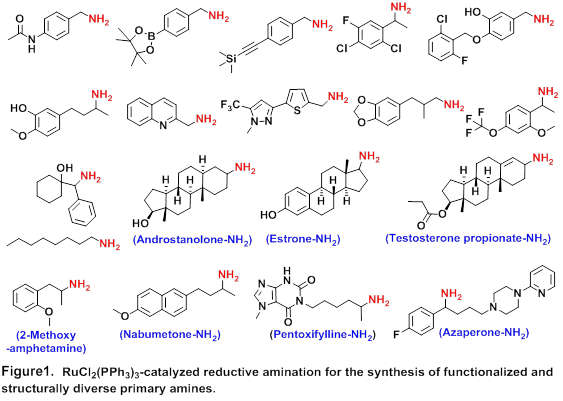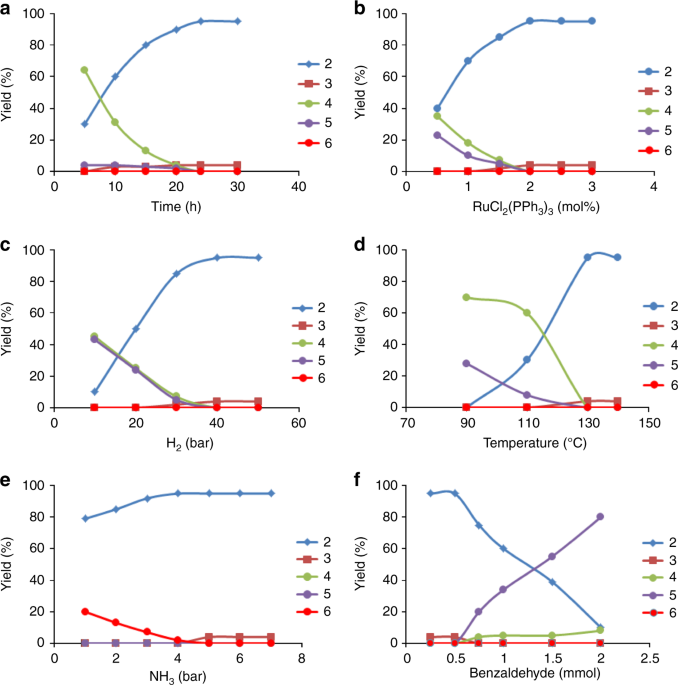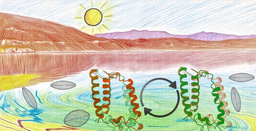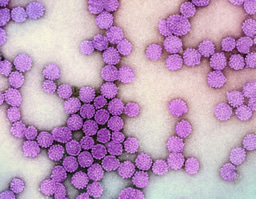
The design of simple and efficient catalytic methodologies for the synthesis of life science related molecules, especially amines continues to be an important goal of chemical research. Regarding their synthesis, catalytic reductive amination of carbonyl compounds using ammonia and hydrogen represents suitable method for the production of different kinds of amines. In particular reductive amination for the preparation of primary benzylic and aliphatic amines is of central importance and continues to be a major challenge. For this reaction, heterogeneous catalysts, which are tedious to prepare, and sophisticated/synthetically demanding homogeneous catalysts are commonly employed.

In order to introduce –NH2 moiety in more functionalized and structurally complex molecules, we thought it would be worthwhile to design a simpler, yet efficient homogeneous catalyst. Also, a fundamental and economically important principle is that to achieve a convenient and practical chemical synthesis, the catalyst must be simple, effective and commercially available and/or easily accessible. Among Ru-complexes, RuCl2(PPh3)3 is considered to be the simplest and least expensive one and is also commercially available. We demonstrate that RuCl2(PPh3)3 is an efficient and highly selective homogeneous pre-catalyst for reductive amination, allowing the preparation of a variety of primary amines of industrial importance and pharmaceutically relevant. We showcased that by applying this Ru-precatalyst and starting from inexpensive and readily available carbonyl compounds (aldehydes, ketones), ammonia and molecular hydrogen, it is possible to synthesize functionalized and structurally diverse linear and branched benzylic, heterocyclic and aliphatic amines including drugs and steroid derivatives. We performed In situ NMR investigations to provided clear hints on the formation of Ru-hydride species, which have been elucidated to be the active catalytic species in this RuCl2(PPh3)3-catalyzed reductive amination. Finally by using in situ NMR and kinetic investigations, we proposed appropriate reaction mechanism. In addition to the desired product, the formation of side products has also been elucidated.
Follow the Topic
-
Nature Communications

An open access, multidisciplinary journal dedicated to publishing high-quality research in all areas of the biological, health, physical, chemical and Earth sciences.
Related Collections
With Collections, you can get published faster and increase your visibility.
Women's Health
Publishing Model: Hybrid
Deadline: Ongoing
Advances in neurodegenerative diseases
Publishing Model: Hybrid
Deadline: Dec 24, 2025






Please sign in or register for FREE
If you are a registered user on Research Communities by Springer Nature, please sign in